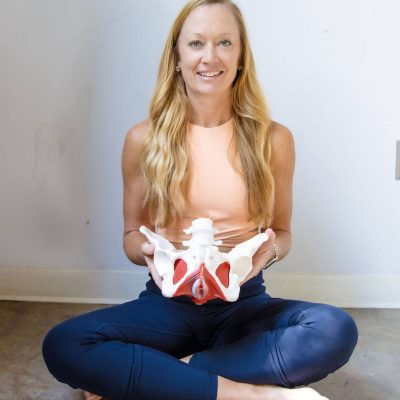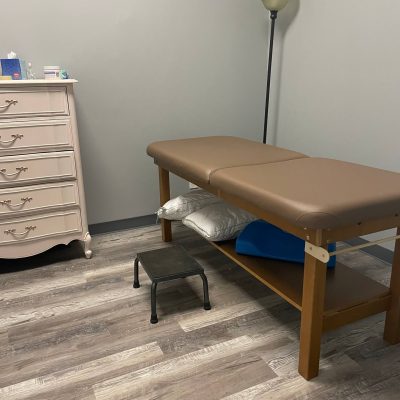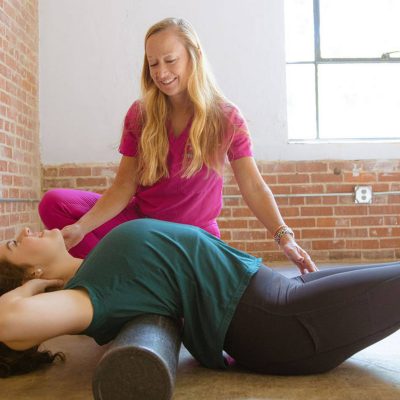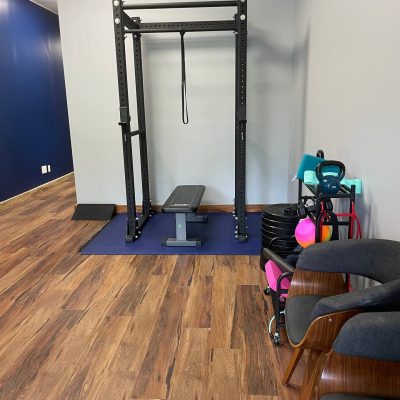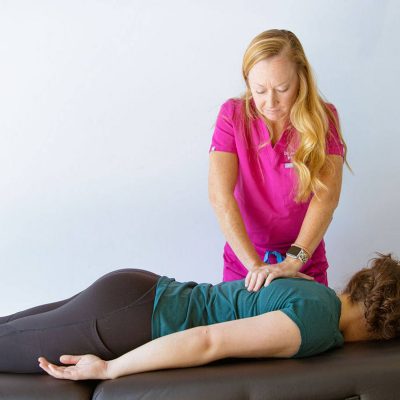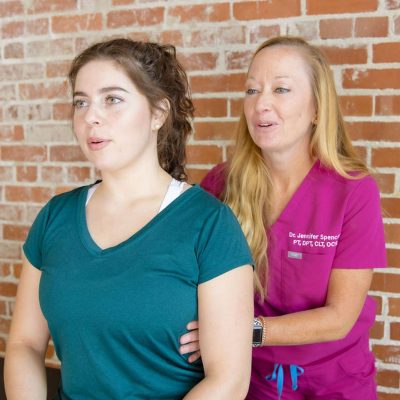By Dr. Erica Mitchell, PT, DPT
Adolescence is a time of significant physical and emotional changes for young individuals. Among the myriad of challenges, young girls often face the discomfort and pain associated with menstruation. While menstrual pain is a common experience, some adolescents endure more intense and debilitating periods, impacting their daily lives. Pelvic floor physical therapy is a promising solution to alleviate the discomfort and empower young individuals to embrace this crucial stage of their development.
Understanding Painful Periods in Adolescence
Menstrual pain, also known as dysmenorrhea, is a common complaint among adolescents. For some, it’s a mild inconvenience, but for others, it can be a severe and debilitating condition. The pain typically originates from the contractions of the uterine muscles, leading to cramps, lower back pain, and overall discomfort.
The pelvic floor, a group of muscles located at the base of the pelvis, plays a crucial role in supporting the pelvic organs and maintaining continence. During menstruation, these muscles may tense or become imbalanced, contributing to increased pain and discomfort. Factors such as stress, sedentary lifestyles, and hormonal imbalances can further exacerbate these issues.
The Role of Pelvic Floor Physical Therapy
Pelvic floor physical therapy is a specialized form of physical therapy designed to address issues related to the pelvic floor muscles and surrounding structures. While commonly associated with postpartum care and pelvic pain in adults, this therapeutic approach can also provide relief for adolescents struggling with painful periods.
Pelvic floor physical therapists educate adolescents about their anatomy and the physiological changes occurring during menstruation. Understanding the pelvic floor and its role in menstrual pain empowers individuals to actively participate in their well-being.
Therapists teach relaxation techniques to alleviate muscle tension in the pelvic floor. Mindful breathing, progressive muscle relaxation, and guided imagery are among the methods employed to help adolescents manage pain and discomfort.
Targeted exercises are designed to lengthen, strengthen, and balance the pelvic floor muscles. These exercises can improve blood flow, reduce muscle spasms, and promote overall pelvic health.
Pelvic floor physical therapists assess and correct posture and movement patterns that may contribute to pelvic floor dysfunction. Addressing these issues can positively impact menstrual pain and improve overall well-being.
Therapists work with adolescents to identify and modify lifestyle factors that may exacerbate menstrual pain. This includes recommendations for regular exercise, stress management, and dietary changes.
Conclusion
Adolescence is a critical period of growth and development, and painful periods should not hinder the potential and well-being of young individuals. Pelvic floor physical therapy offers a holistic and empowering approach to address the root causes of menstrual pain. By educating, guiding, and providing targeted interventions, pelvic floor physical therapists contribute to the overall health and resilience of adolescents, allowing them to navigate this transformative stage with confidence and comfort.
Dr. Erica Mitchell, PT, DPT, is a Pelvic Floor Therapist who has extensive training treating pediatric pelvic floor dysfunction. She treats clients in the Magic City Physical Therapy office in Hoover, Alabama, and is also available for virtual consultation.

